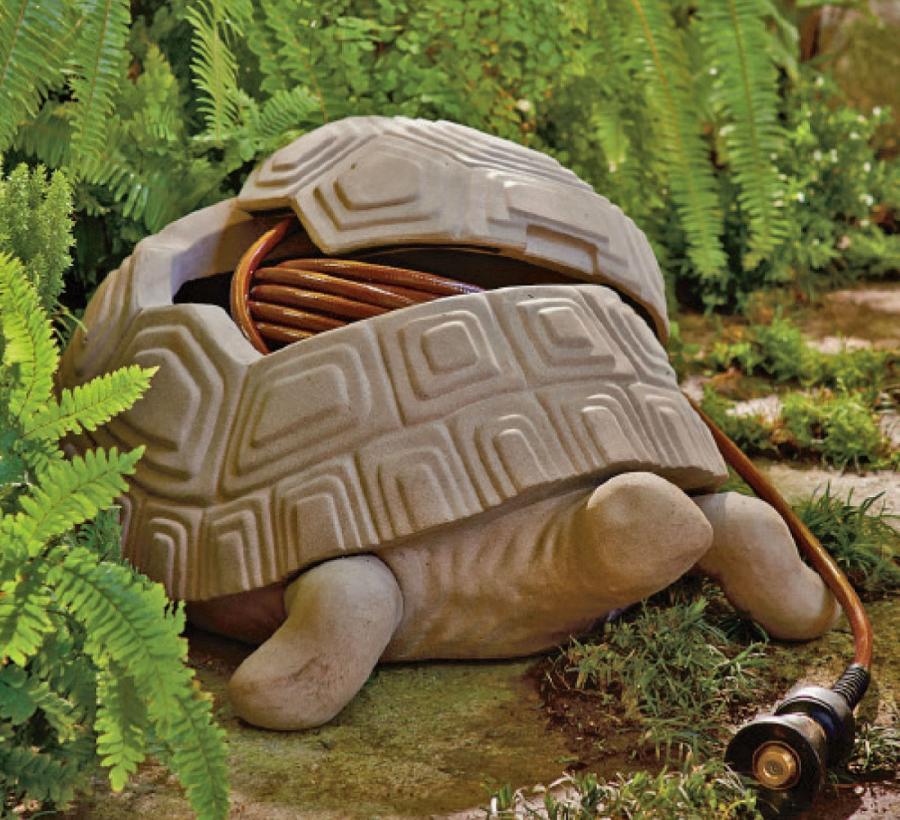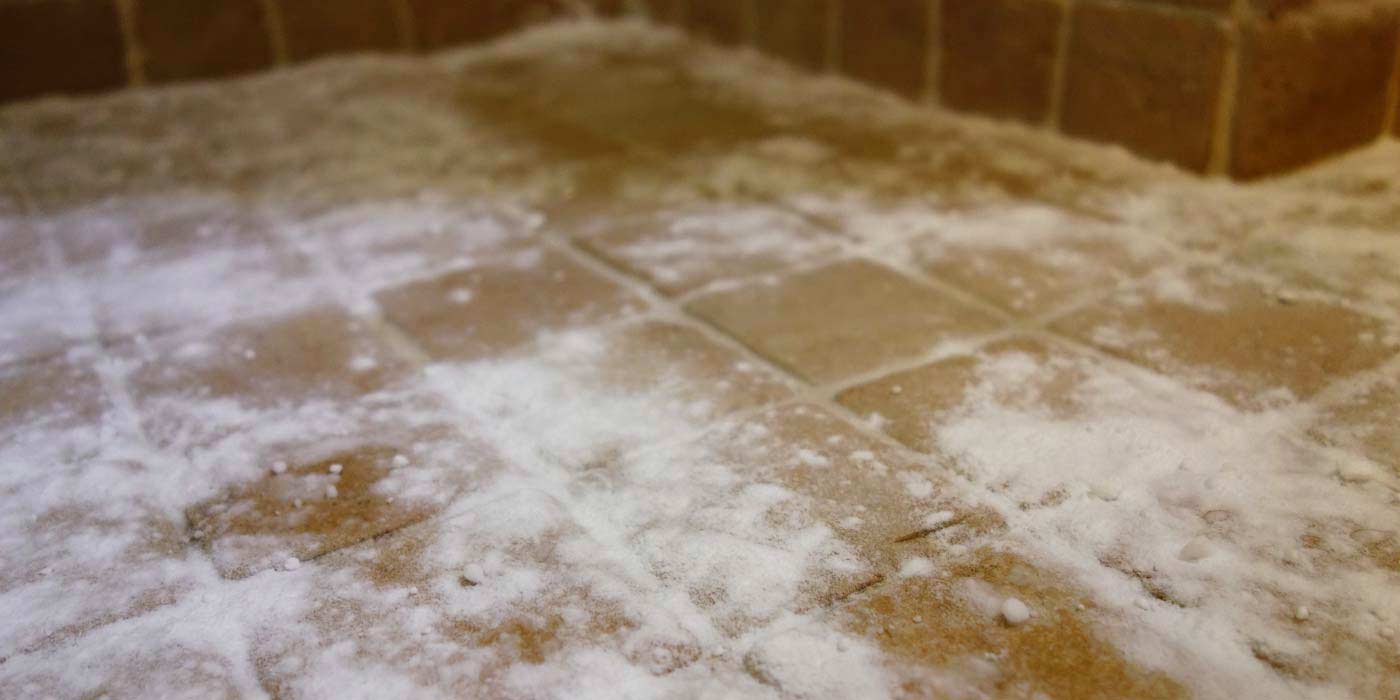Table of Content
The Govee is better suited for applications around the home, such as a guitar case, wine cellar, or cigar humidor. Within the app, you can easily set up triggers to have the device alert you by text or email the instant an important change to the temperature or humidity occurs. You can have ten different contacts receive alerts and notifications under one account. Additionally, you can customize which contacts receive a specific alert. The Temp Stick comes with an intuitive app for iPhone and Android mobiles. The app allows you to monitor current conditions and view an unlimited history of archived data from any date range.

If your solution to a home that’s too warm in the winter is to open windows, then you are quite literally wasting energy. It’s always better to turn down the heating or refrain from turning it up so high in the first place. The main downside to setting your thermostat too high in the winter is the increased use of energy; whether that be gas, electricity, wood, or another fuel source.
Phone Number
In areas with heavy population densities, the price you pay for home energy is driven by supply and demand. Your overuse will contribute to scarcity in the energy supply and lead to higher costs for everyone. This is particularly unfair on people in fuel poverty who may regularly have to choose between heating and eating during the winter months. Using more energy than we need is not only costly in terms of increased energy bills, but it has grave environmental impacts too. Overusing energy will lead to an increased carbon footprint, more greenhouse gas emissions, air pollution, faster climate change, and ultimately, more extreme weather events. In this guide, we look at the average temperature indoors in the winter as well as advising you what the best temperature is for a balance of comfort and energy saving.

Your dishwasher and washing machine heat their own water so they’re not dependent on the water heater setting. Energy.gov recommends 68 F as the optimal temperature for your home in winter for comfort and energy savings. If you can go a few degrees lower than that in the evening, you’ll save even more money. Setting the thermostat too high might not save you any extra money as the air conditioner works harder to cool the house’s temperature back down.
Here Are 23 Ways to Save On Your Electric Bills Right Now
Practically speaking, in my experience, you can safely set your temperature to 60 degrees F. This will save you some money in electricity or heating oil and still keep your house safe through even very cold winters. This is a range that most people feel comfortable with, even considering temperature variances as you move up or down in your home. A general principle for temperature settings while you’re away is 7-10 degrees closer (from 68-72) to the temperature outside. Products such as Hive Active Heating make it easy to manage the temperature of your home.

Waking up the sensor in shorter intervals will result in poorer battery life. So, we understand that it’s an acceptable tradeoff to avoid frequent battery changes. Wi-Fi thermostat connects to your home’s wireless Internet service and lets you remotely check and change the temperature in your home from an app on your smartphone or tablet. In the winter time, the standard temperature is right around 70 degrees Fahrenheit.
Where is the best place to install a thermostat in my home?
Some wireless remote temperature sensors may use Bluetooth, but this will only work if your phone is within 100 feet of the sensor, it won’t work remotely when you are far away from home. Make sure they’re getting the heat and moisture they need with a greenhouse thermometer. Now you’ll easily be able to monitor the conditions for your garden with a wireless temperature sensor. You can set alarms for temperature and humidity through the app, and you will receive alerts through push notifications. Unfortunately, there are no text message or voice call options here.

This model does not require a subscription, so there are no recurring hidden fees. It's best to position your thermostat away from drafty areas and away from places that receive direct sunlight, as these factors could activate your thermostat unnecessarily. Instead, place it on an interior wall in a well-used area of your home.
Other ways to reduce energy costs
Thermostats can be programmed to control the temperature of the house, providing comfort without wasting energy. For example, programmable thermostats can be set to automatically lower the temperature at night while everyone is sleeping. The ideal home temperature for sleeping is generally between 60 and 67 degrees Fahrenheit -- and you might even sleep better because of it. When you sleep, the set point for your body temperature drops, WebMD says. If it’s too cold or too hot, it throws off your internal temperature, which in turn can make your sleep more fitful.
In addition, keep the cabinet doors under the sinks open to prevent cold pockets from forming. Air circulates from the outside room temperature will keep the pipes below the sinks from freezing while you are away. First, if you are leaving a house for a couple months in the winter you should turn off the water. Depending on how long you will be away, turning off the main water supply line where it comes into the house is highly recommended. House air filters should be checked monthly or bi-monthly for optimal performance. While the cost of air filters that need to be replaced may be a hassle, it is worth doing so to improve your home’s indoor air quality and keep yourself and your family members healthy.
But in the rush to get out the door, you forgot to turn down the heat? Take your temperature control to the next level with a smart thermostat like the Vivint Smart Thermostat. Keep in mind that cooler temperatures are better for sleeping, for both adults and kids.
Some Wi-Fi temperature sensors say the batteries last 1 year or more, but that is because they only update once every hour. That is not frequent enough if something should happen to the Wi-Fi router or a power outage to be notified in time. It’s a hot day, and your air conditioner has been pumping cold air into your home for hours. You don’t want to waste cold air and money by keeping the air conditioner on with no one in the house. At the same time, you don’t want to come home to a hot house after a long day. Some models can support additional sensors that operate on the same platform so you can monitor multiple locations at any given time.
Keeping the house higher than 80 degrees, says Jason Gassman of Bell Brothers Heating and A/C, Inc., will make it humid and force your A/C system to work harder. Settings lower than 72 F can overwork your air conditioning system and cause it to freeze up. You probably don’t want to drain the water heater, but it’s a good idea to turn it off if it’s electric or to shut off the gas supply. If a pipe bursts or water leaks out, an electric water heater could overheat and short out the heating elements, and a gas heater could do even worse.
If you’d prefer to use a computer to monitor conditions, a web-based version of the app is also available. In particular, we like the graphs that give you a great snapshot of the temperature and humidity readings as you log in. We’ve taken a look at the best remote temperature sensors, and after testing the top models and performing extensive research on the market, we have uncovered a standout winner. Energy Star, a program of the US Environmental Protection Agency and the US Department of Energy, suggested that homes be kept at 78 degrees Fahrenheit when home during the day. A well-insulated home holds heat longer and loses it slower, making the reheating period much quicker. In that case, I think dropping the temperature at night makes sense.
Can you Monitor Temperature Remotely from a Cell Phone?
Running water through the pipe – even at a trickle – helps prevent pipes from freezing. Pipes with water in them have a high risk of busting during a long cold spell. By draining all the water lines and turning off the water, if the pipes freeze while the furnace dies it’s not the end of the world. Any sections of pipe that happened to be drained won’t be damaged, and you won’t have to tear the walls containing them apart to fix the damage. Nobody wants to come home after a vacation to a foot of water in the basement as well as numerous ruptures in pipes within the walls.


No comments:
Post a Comment